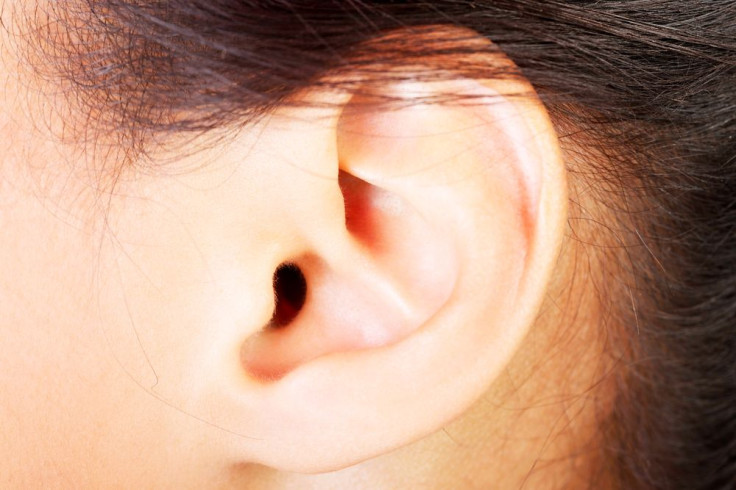Earwax Odor Can Offer Information About Disease, Ethnicity

For many people, earwax is just another secretion from the human body that must be managed, lest it get out of hand, and clog up our ears. But cleaning our ears of these substances — even though we should — could be like throwing out important information. That’s because researchers found that earwax from different races also have specific odors, and therefore, can say something about the person’s health.
The study, from researchers at the Monell Chemical Senses Center in Philadelphia, looked into whether health information can be derived from earwax. Research has shown that a gene associated with a person’s tendency to have underarm odor, called ABCC11, is also related to the color and texture of their earwax. One variant of ABCC11, which is normally found in people of East Asian descent, leads to dry, white earwax and less body odor; while another variant of the gene, mostly found among people of African and European descent, causes earwax to be wet and yellow-brown in color, and is also more likely to cause body odor, according to LiveScience.
In studies that have linked body odor to disease, ABCC11 has been the link between the two. For example, a 2009 study, published in The FASEB Journal, found that the variant of the gene that caused odorous armpits and wet earwax was also linked to an increased risk of breast cancer. “As it turns out, the type of earwax one has is linked to a gene that leads to bad odors from one’s armpit,” said Dr. Gerald Weissmann, editor-in-chief of the journal, according to Medical News Today. “These may become lifesaving clues to the early detection and treatment of breast cancer.”
Knowing this, researchers wanted to see if heated-up earwax could produce information regarding a person’s health. They took earwax samples from 16 men — half were East Asian and half were white — and heated them in vials until they started to release odors. These odors, molecularly known as volatile organic compounds (VOCs), were then analyzed through gas chromatography-mass spectrometry, which identifies each molecule. The tests showed that 12 VOCs were present among all them men. They also showed clear differences between the two ethnic groups, as 11 of the 12 VOCs were present at higher concentrations in the white men when compared to the Asian men.
“In essence, we could obtain information about a person’s ethnicity simply by looking in his ears,” lead author of the study Katharine Prokop-Prigge said in a statement. “While the types of odorants were similar, the amounts were very different.”
Because earwax is created from a mixture of secretions — sweat and fat — the researchers believe that it could be a source for spotting early stages of disease, as fat-soluble odorants emitted by diseases get caught in the secreted fat. The researchers noted that signs of both maple syrup urine disease and alkaptonuria — also called black urine disease — could be spotted in earwax before blood and urine tests found them. “Odors in earwax may be able to tell us what a person has eaten and where they have been,” Dr. George Preti, an organic chemist at Monell, said in the statement. “Earwax is a neglected body secretion whose potential as an information source has yet to be explored.”
Source: Prokop-Prigge K, Thaler E, Preti G, et al. Identification of volatile organic compounds in human cerumen. Journal of Chromatography B. 2014.
Published by Medicaldaily.com



























